Joséphine Baker, first woman of color at the Pantheon
Friday, November 30, the Franco-American star Joséphine Baker entered the Pantheon. She is the 6th woman to join the 80 celebrities (75 men and 5 women) who rest there.
This pantheonization follows that of Maurice Genevoix on November 11, 2020 and of Simone and Antoine Veil on July 1, 2018.
At the end of the ceremony chaired by President Emmanuel Macron, the cenotaph of Josephine Baker was placed in vault 13 of the crypt where Maurice Genevoix is located. 11 of the artist’s 12 children were present as well as 2,000 people (relatives and anonymous). Prince Albert II of Monaco made the trip, in memory of the friendship his mother had for the artist. Among the guests, we could see the Minister of Culture, Roselyne Bachelot and the singer Line Renaud.
A ceremony at the height of the artist
Already in 2013, Régis Debray pleaded for entry into the Pantheon of Joséphine Baker. On July 21, members of the Pantheonization Support Committee met with the President of the Republic to explain why the artist had to enter the Panthéon Among them were Jennifer Guesdon-Plessis, Laurent Kupferman, singer Laurent Voulzy , the philosopher Pascal Bruckner, but also one of the sons of Joséphine Baker, Brian Bouillon-Baker. They underlined her role during World War II: She passed information to the secret services, concealed in sympathetic ink in sheet music. At the end of this meeting, the President made his decision: “Josephine Baker will enter the Pantheon on November 30.”
The voice of Joséphine Baker accompanied the procession, repeating “Me again Paris” from the beginning, place Edmond Rostand corner. Projections in front of the Pantheon and texts read by the actress Séphora Pondi retraced the different periods of her life. The video mapping on the facade of the monument evoked the free artist, the resistance fighter, the civil rights activist, the woman committed against racism and the humanist at the Château des Milandes.
The French Army choir performed the “Chant des Partisans”, recalling its commitment to the Resistance. The Music of the Air and the singer’s voice marked the arrival at the Pantheon with the song, “J’ai 2 amours”. After the President’s speech in the nave of the Pantheon, facing the coffin, a minute of silence was observed. The French Army choir and the Republican Guard sang the Marseillaise, while children sang one of its titles.
All the places of his life in the coffin
The coffin which rests in the Pantheon is only symbolic since the artist’s remains remain in the marine cemetery of Monaco, alongside her last husband and one of her children, not far from Princess Grace.
The coffin that enters the Pantheon is filled with soil from 4 places where she lived: St Louis in Missouri where she was born in 1906; the Dordogne where she lived for over 30 years; Paris, a city so dear to her heart and Monaco where she has been based since 1975.
Who was Josephine Baker?
Her youth
Freda Joséphine Mac-Donald, known as Joséphine Baker, was born on June 3, 1906 in St Louis, Missouri (USA). Her mother, Carrie Mac Donald, originally from South Carolina was half black, half Apalachee Indian. His father, Eddie Carson was a mixed race of Spanish settler and descendant of slaves. Both were artists, one percussionist and the other singer, actress and dancer in the St Louis area in the early 1900s. They performed in clubs. After the birth of her brother, her parents separated; his mother remarries and gives Joséphine 2 sisters.
his beginnings
Having a predisposition for dance, she creates a group, “The Angel of God” in which she sings. The following year, she joined “The Jones Family Band”. When she was only 13 years old, she took to the roads. She performed at the Washington Theater then in New Orleans and Pennsylvania. She married a railroad employee, Willie Baker, but the couple separated in 1921. After dressing Clara Smith, she was given a chance. In 1925, she embarked on a liner to Europe and arrived in Paris. She has heard that black music and culture are very popular there.
A career in Paris
In October 1925, she opened the “Revue Noire” at the Champs Elysées theater. She appears there in a “very light” outfit. It is a real success with all of Paris. It is also an opportunity to introduce people to jazz and Charleston. The following year, she led the review of “Folies Bergères”. and in 1930, she was at the Casino de Paris where she sang “J’ai 2 amours”.
She then appears in 3 films between 1927 and 1935 including one in which she gives the reply to Jean Gabin. She returned to the United States but following the discrimination she suffered, renounced her American citizenship and returned to Paris in 1937 to settle there permanently. She then married Jean Lion and became a French citizen.
“The French have given me everything. I am ready to give them my life,” she said. “She does not consider her new nationality as a right, but above all as a duty, a daily conquest.
In 1938, she became an activist of the International League against Antisemitism. An Air Force officer, she serves as a nurse in the context of actions organized by the Red Cross.
During World War II, she played an important role in the Resistance against the Nazis, using her fame as an artist. She transports sensitive documents to neutral countries or allied occupied areas, writing in invisible ink on sheet music. She gives concerts on the Maginot Line in support of the morale of the troops. In its property in Milandes, transformed into a radio antenna, it protects Jews and resistance fighters. His commitment was recognized by General de Gaulle who awarded him the Cross of Lorraine.
A new marriage and a new family
In 1947, Joséphine Baker married the conductor Jo Bouillon in the chapel of Milandes in Périgord. Both decide to adopt, the artist being unable to give birth. They settle in the castle of Milandes then adopt 12 children of different ethnicities. “They are the symbol of peace. Together we form the Rainbow Tribe,” she liked to say.
Following financial difficulties, she was expelled from the Milandes; she gets help from Jean-Claude Brialy and Brigitte Bardot. In 1969, Françoise Sagan, Anna Magnani and Nathalie Delon participated in a fundraising gala. Princess Grace invites him with her children to Monaco, she takes part in the gala on the Riviera. It was during this time that her husband divorced.
One last lap
In 1975, then 69 years old, she decided to go back on stage for a concert in Bobino and a 6 month tour. The whole of Paris was there to applaud him, from Alain Delon to Line Renaud via Sophia Loren or Mick Jagger. Princess Grace was also present, as was actress Arletty. President Giscard d’Estaing pays tribute to her while she is on stage.
This show will be her last since the next day she does not wake up, victim of a cerebral hemorrhage. Hospitalized, her sister refused the relentless therapeutic treatment.
A religious ceremony takes place at the Church of the Madeleine. Thousands of people came to pay him a last tribute. The Free Force, anti-racist associations and many celebrities are present in the audience.
Today, it is the Nation which thanks this great Lady for all she has done for France. She becomes the first black woman and performing artist to enter the Pantheon, 46 years after her death in 1975.
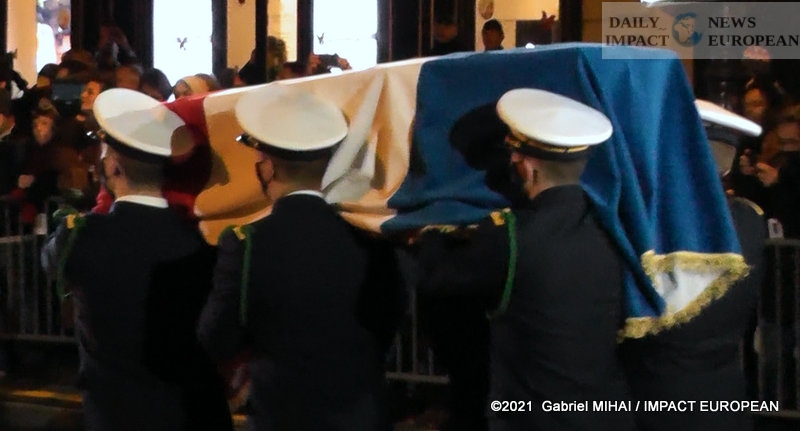
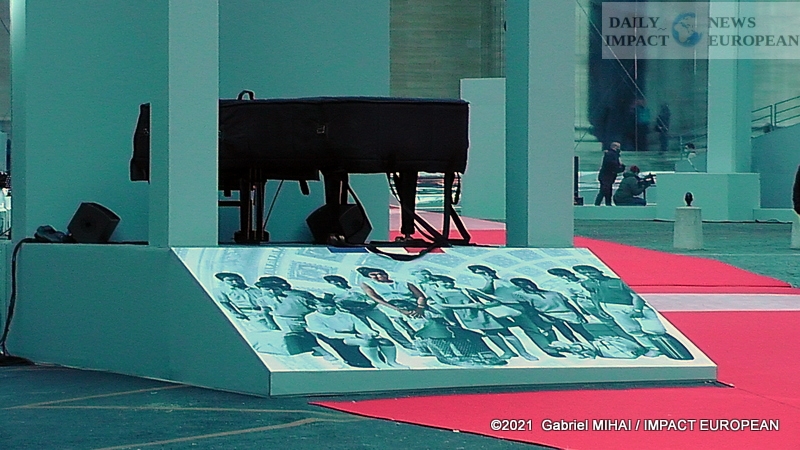
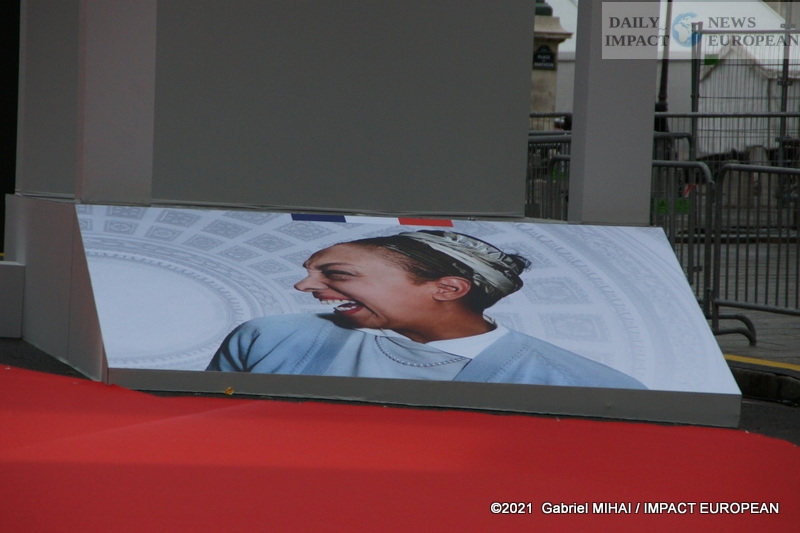
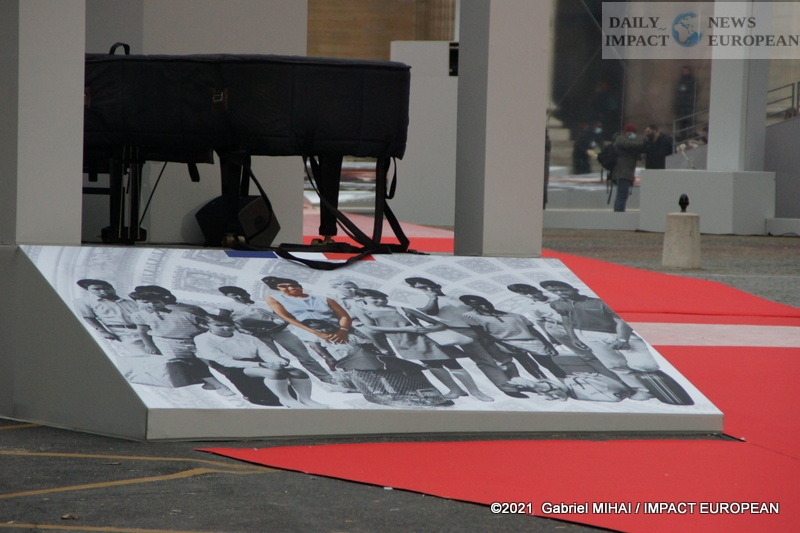

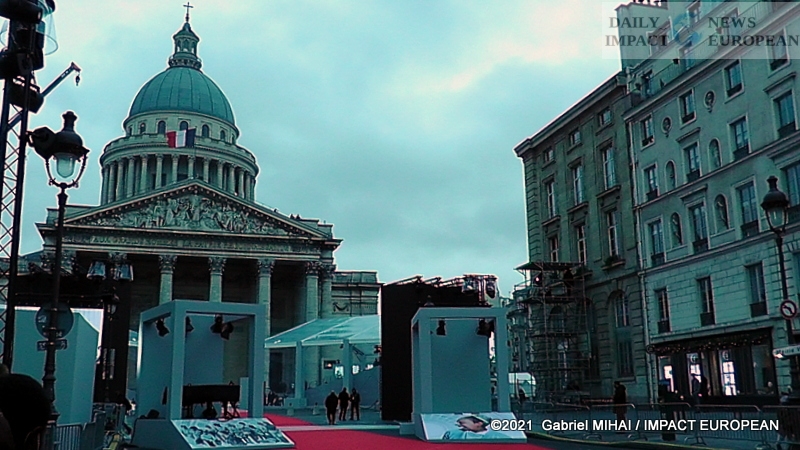
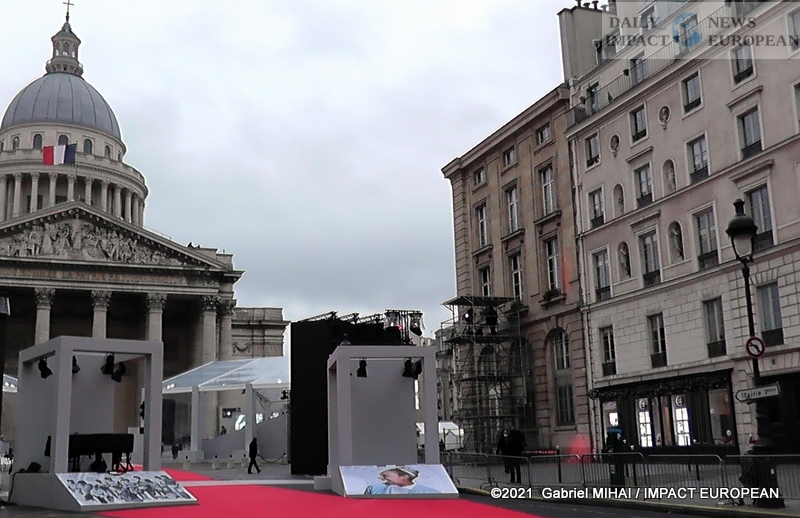
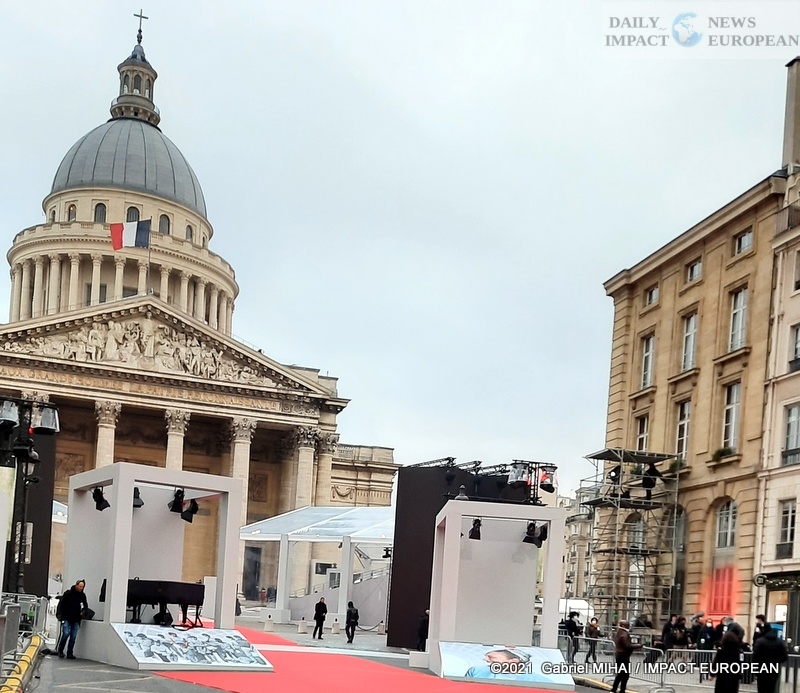
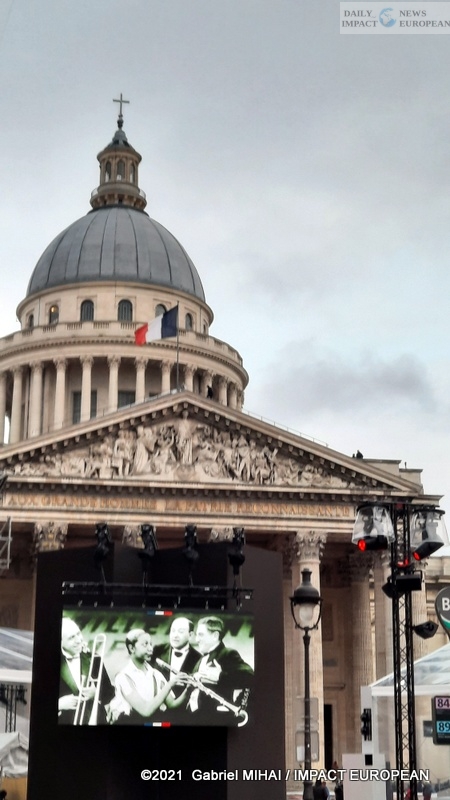
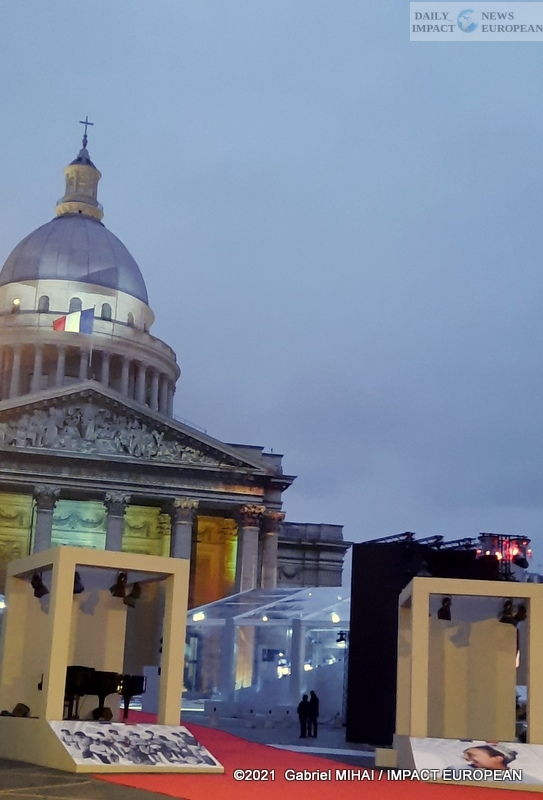
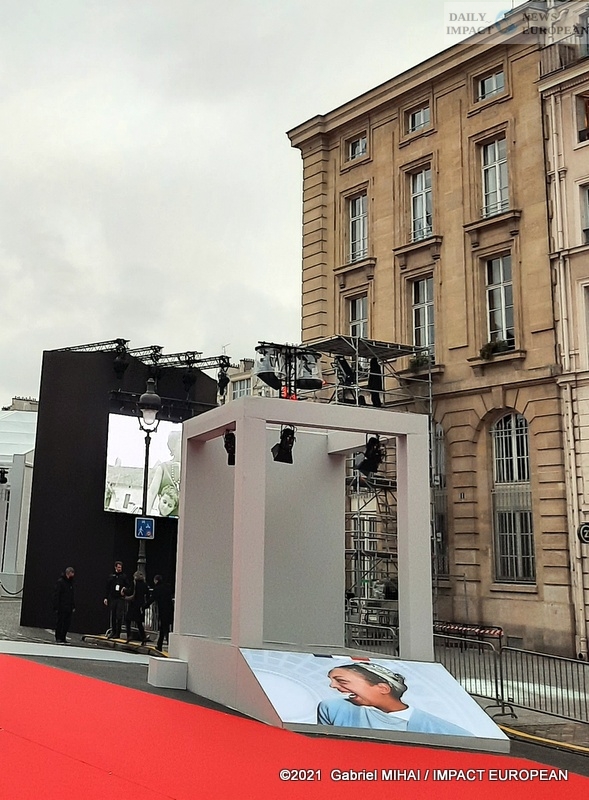
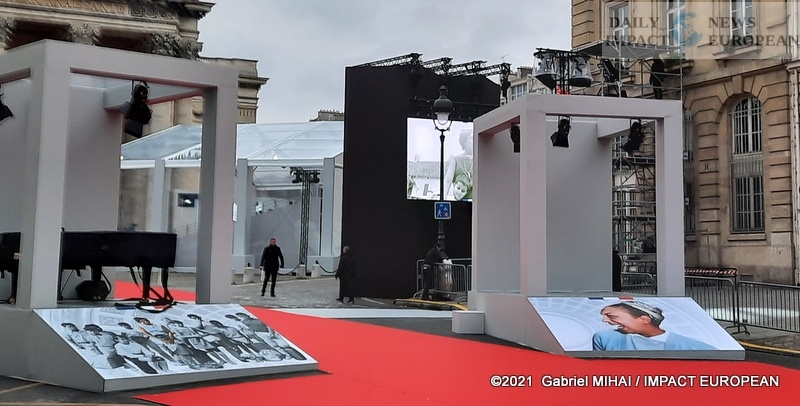
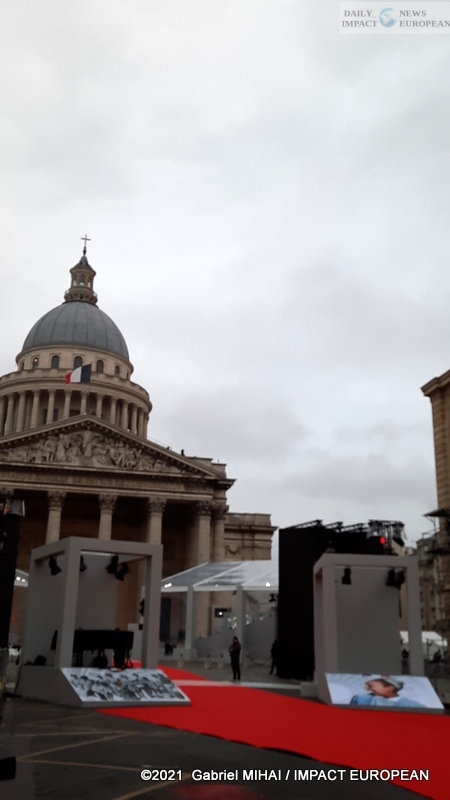
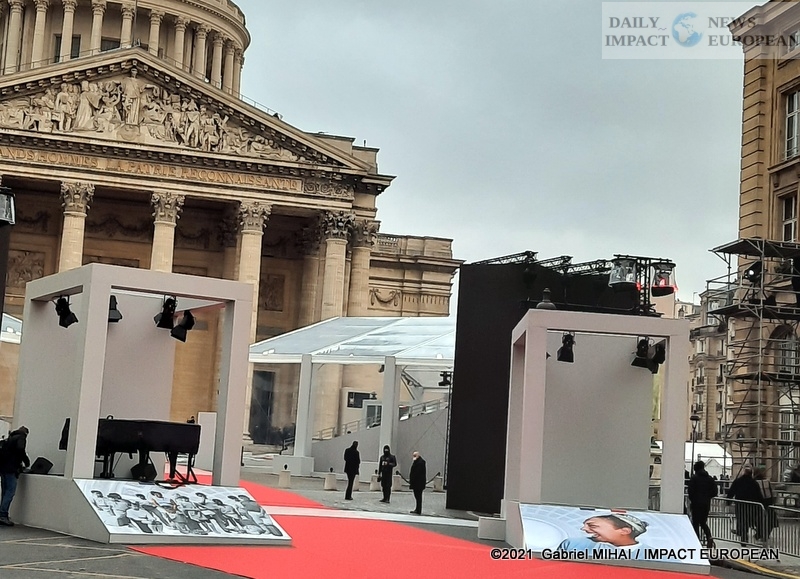

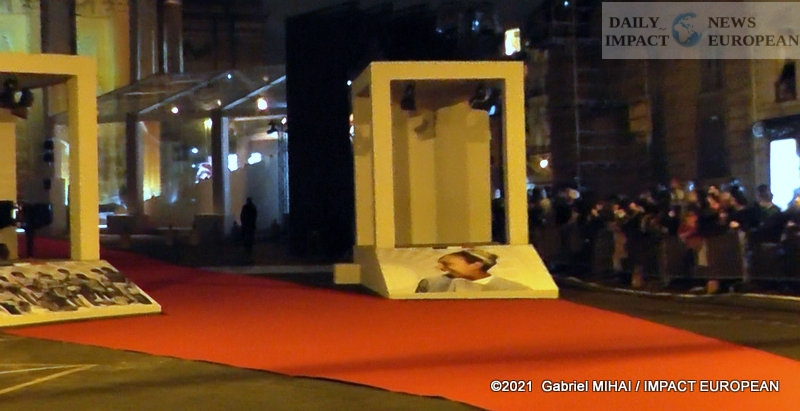
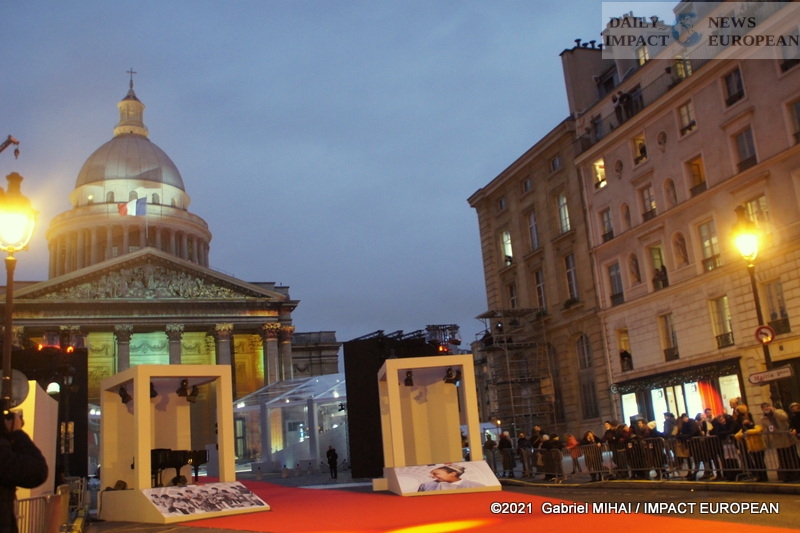

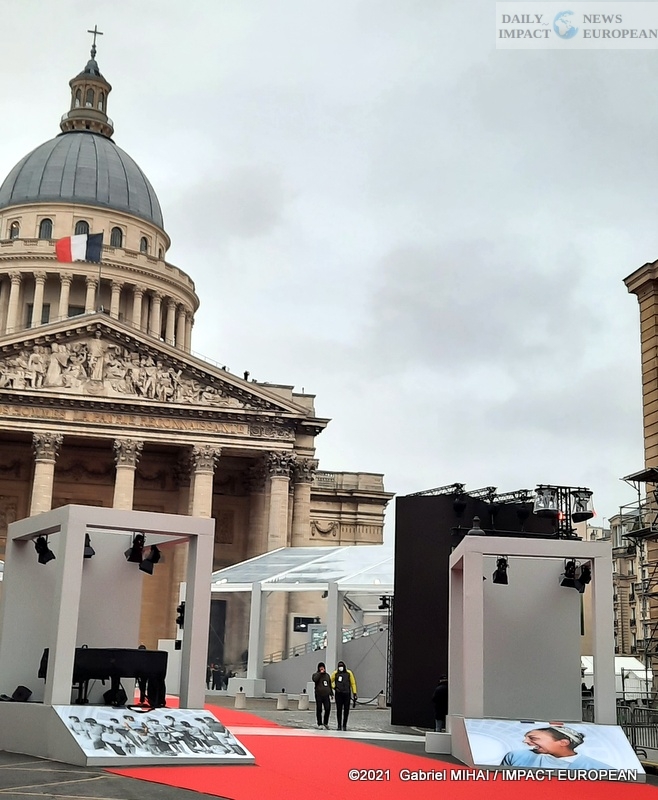
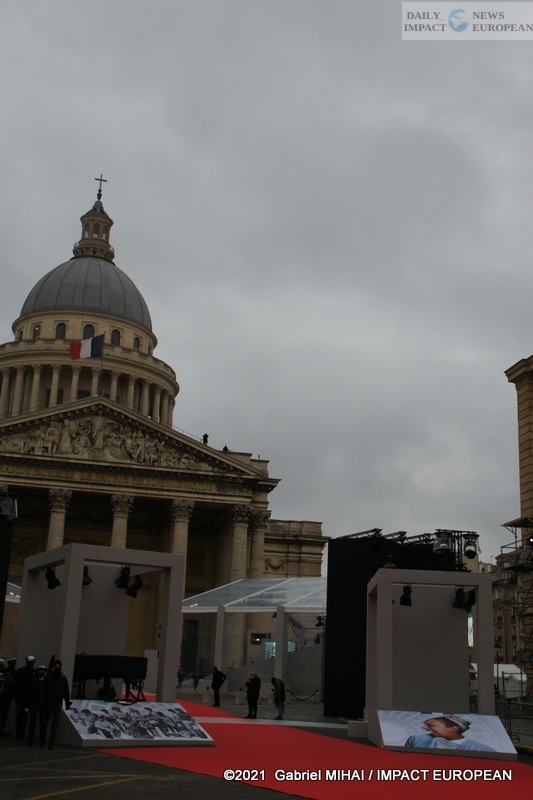
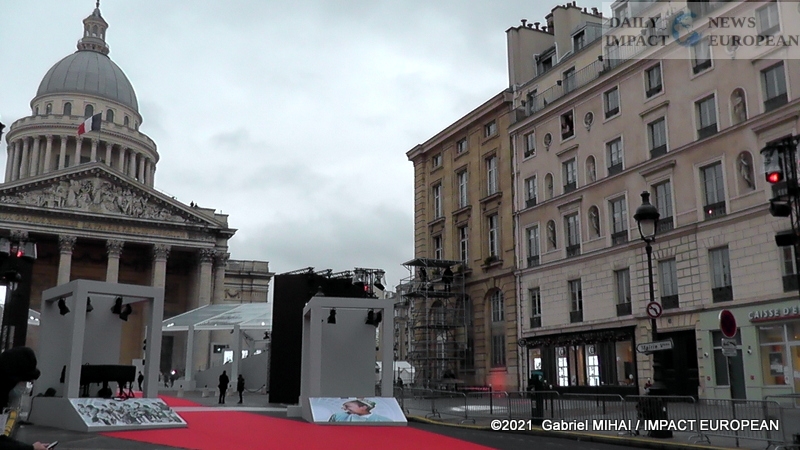
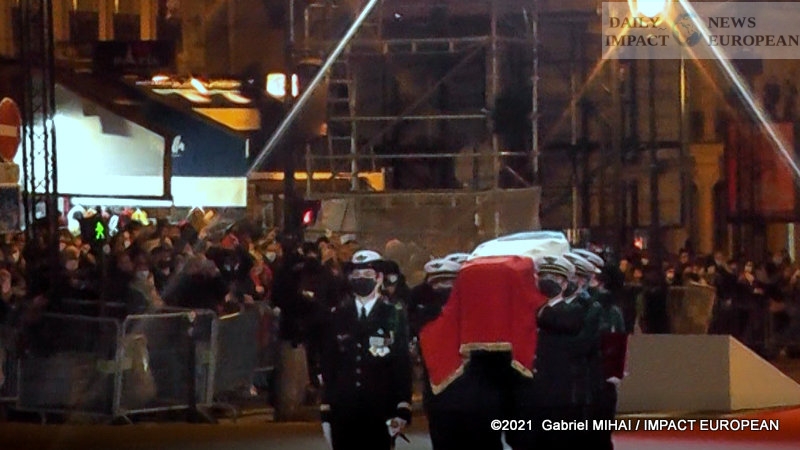
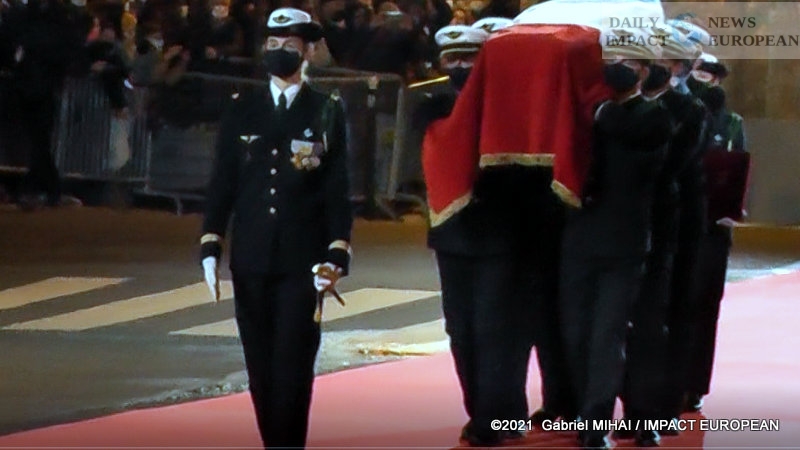
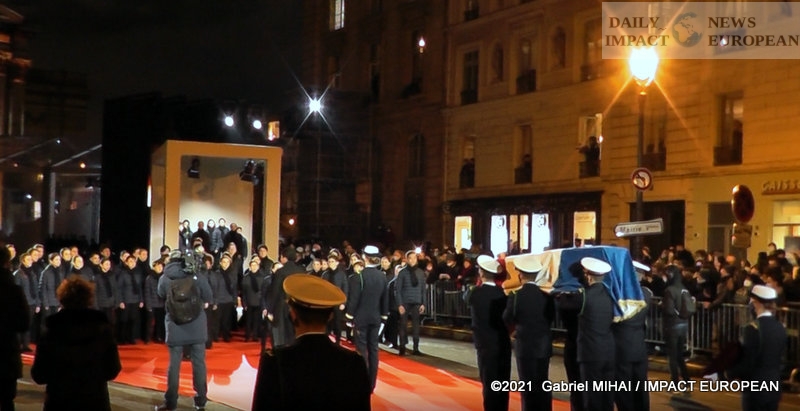
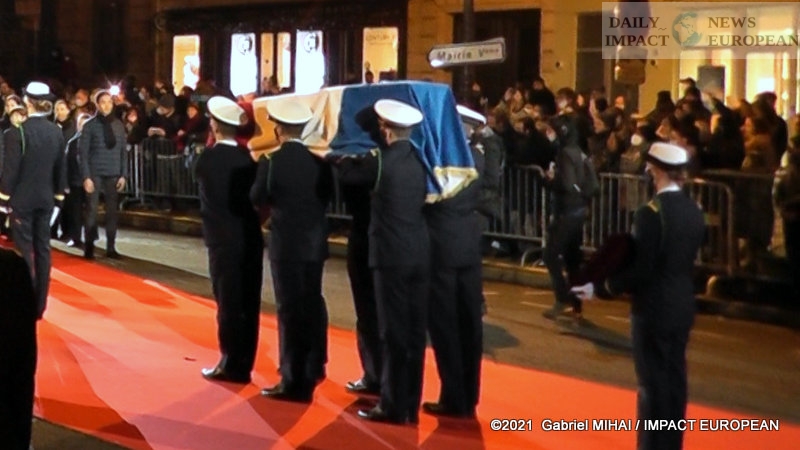

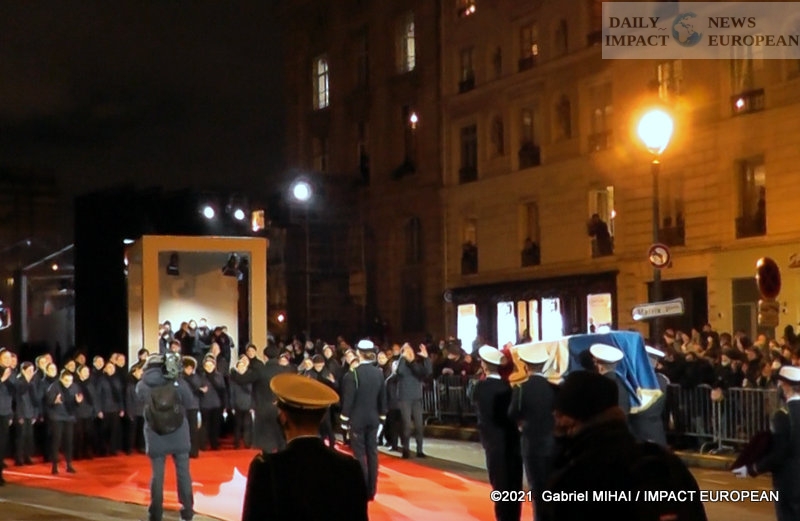
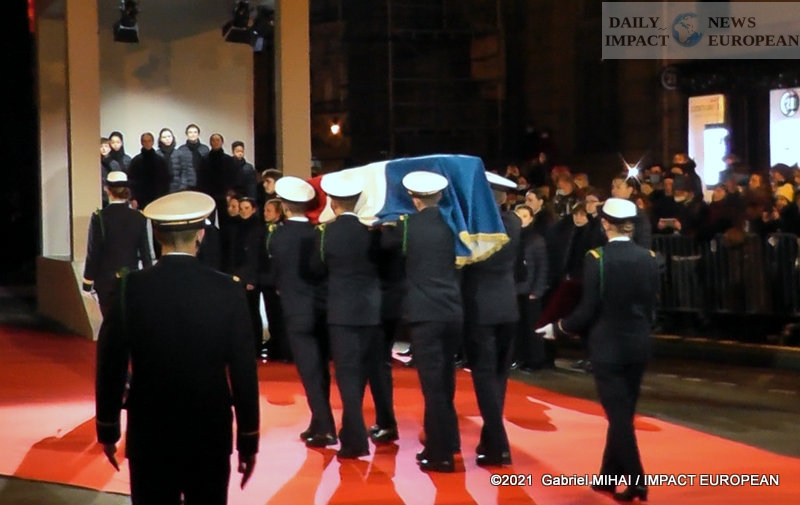
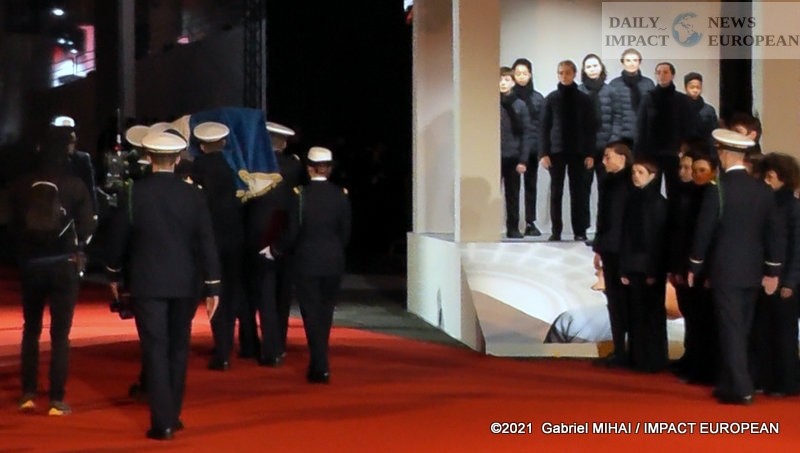
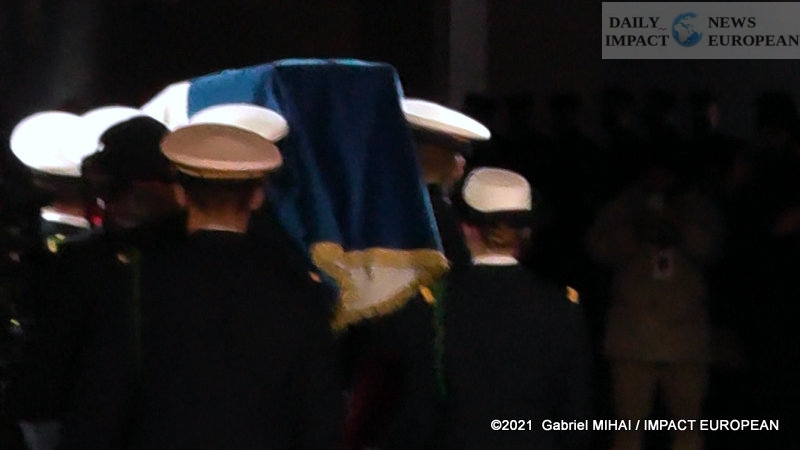
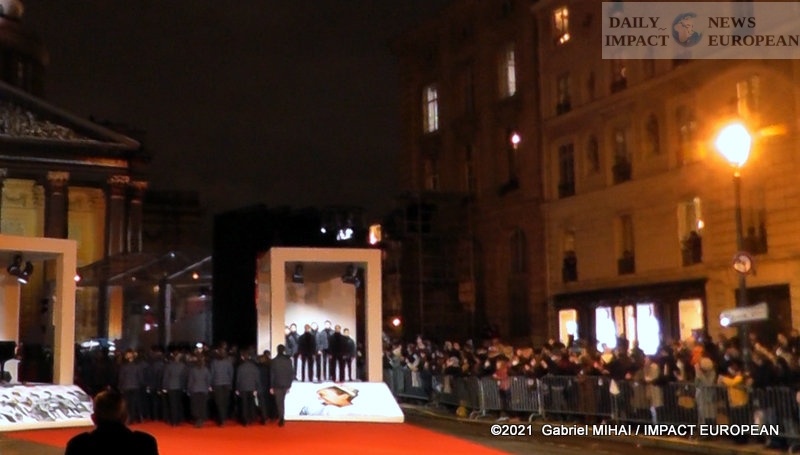
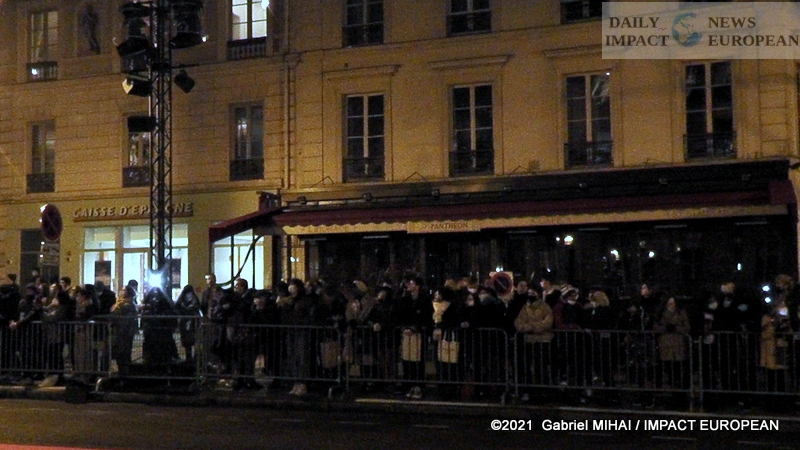
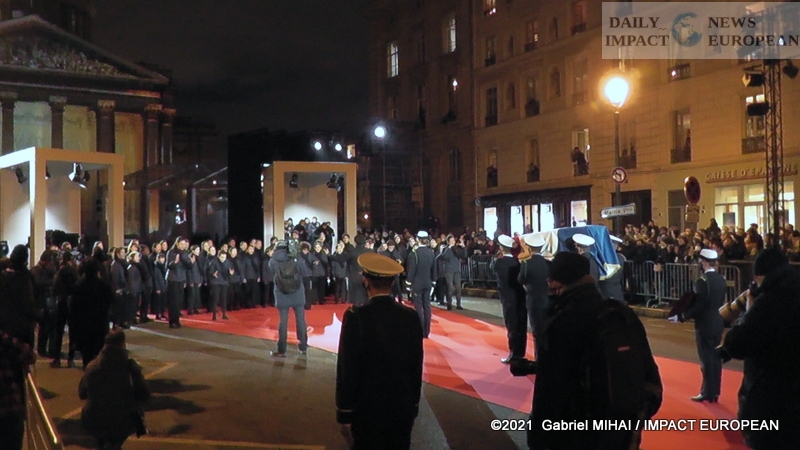
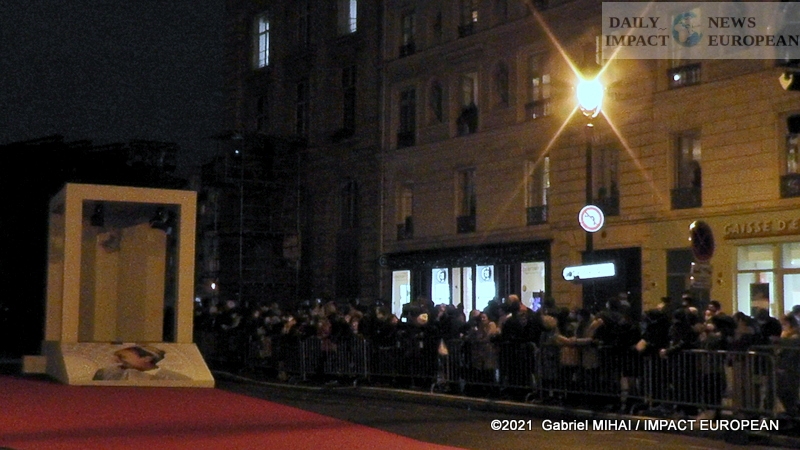

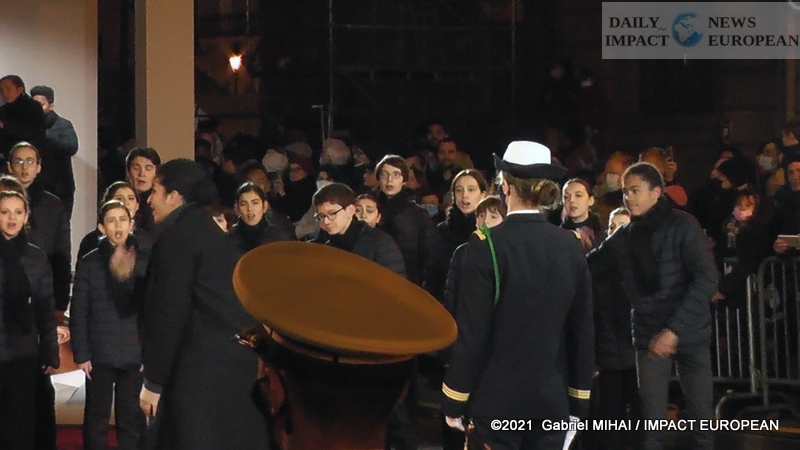
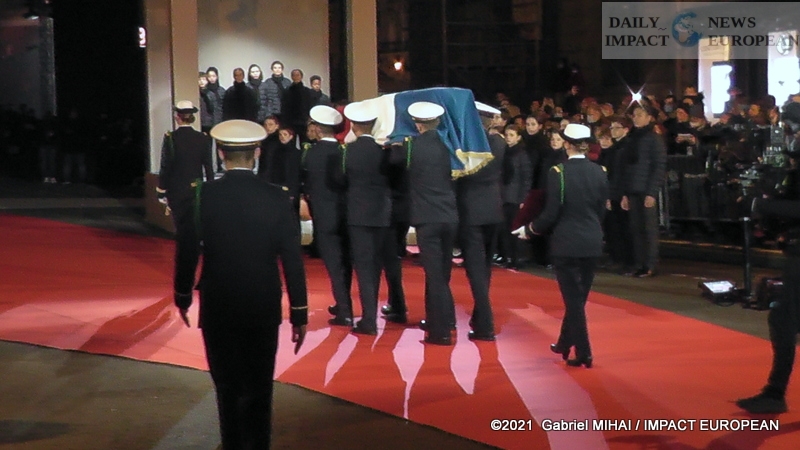
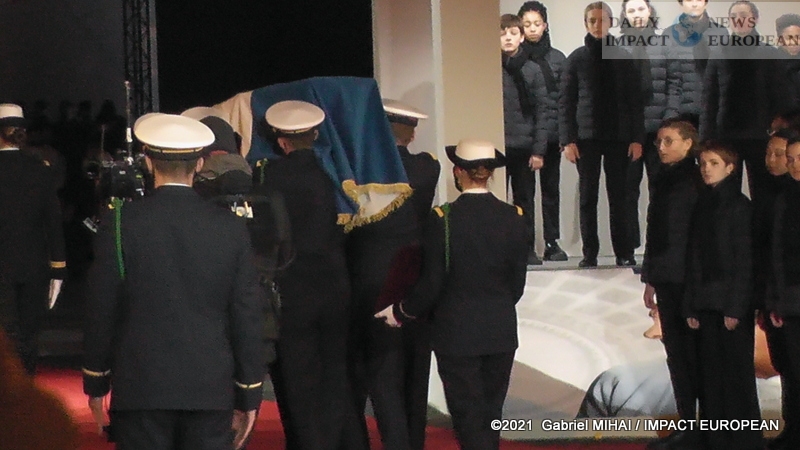
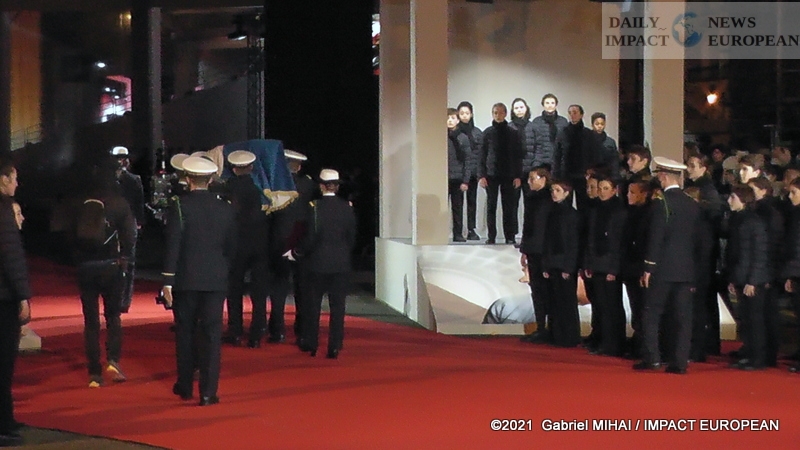

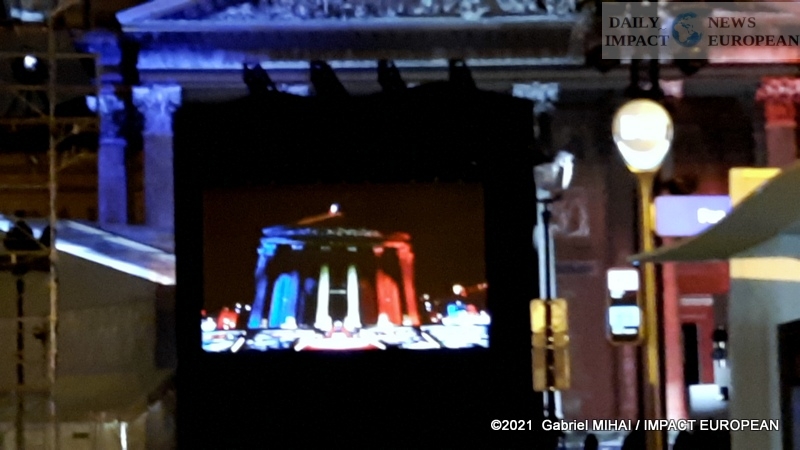

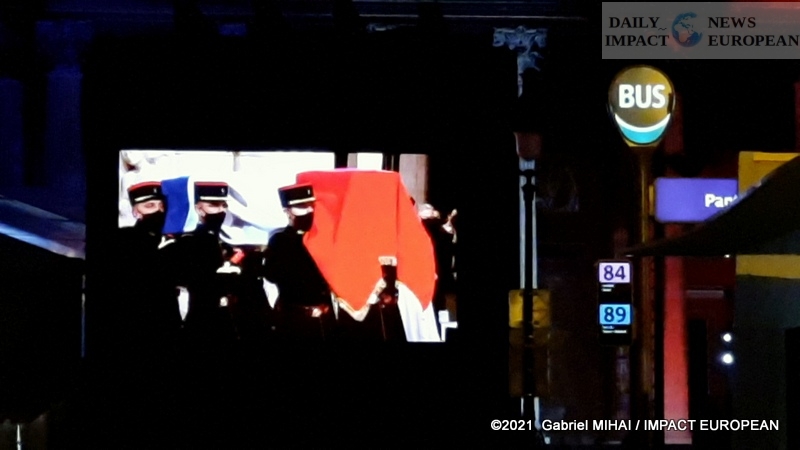
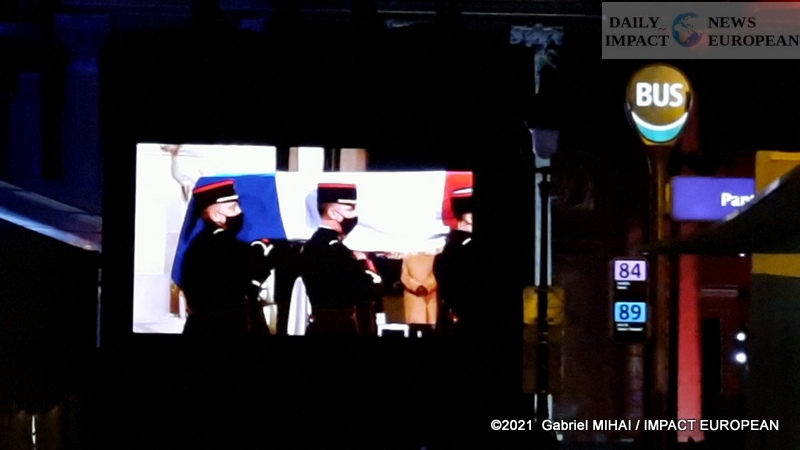
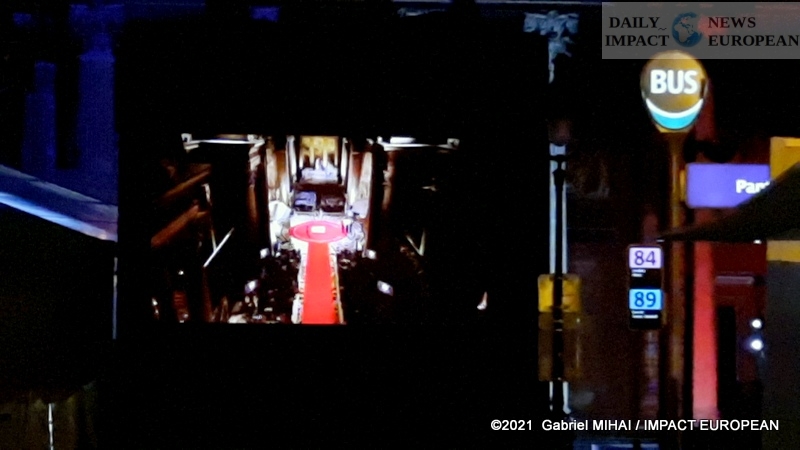
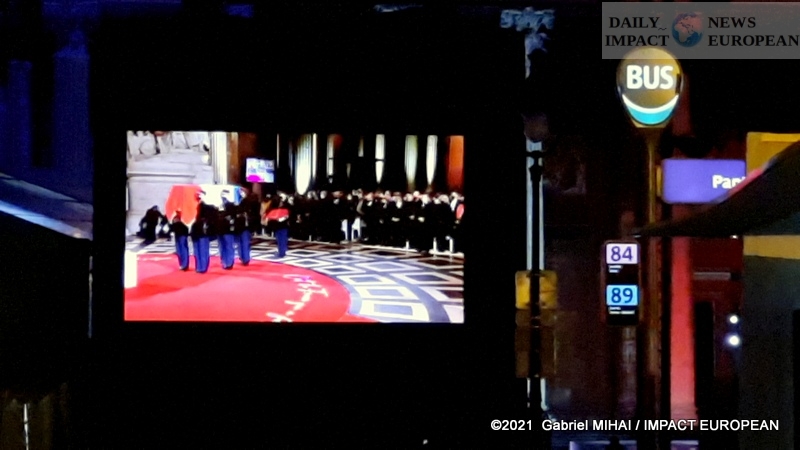
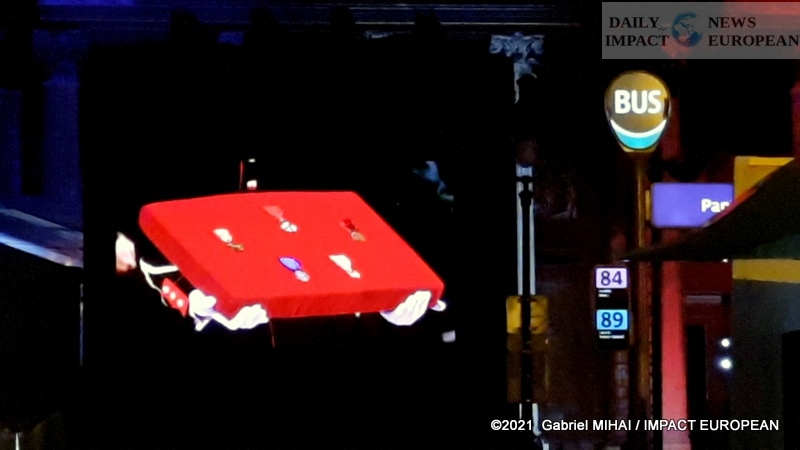
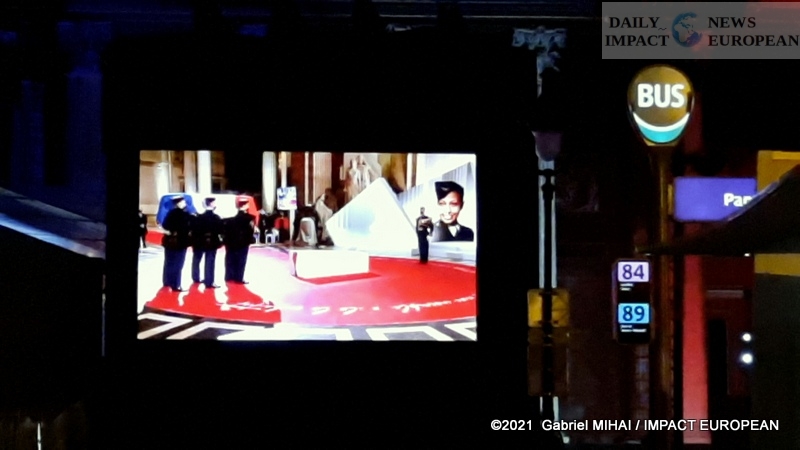
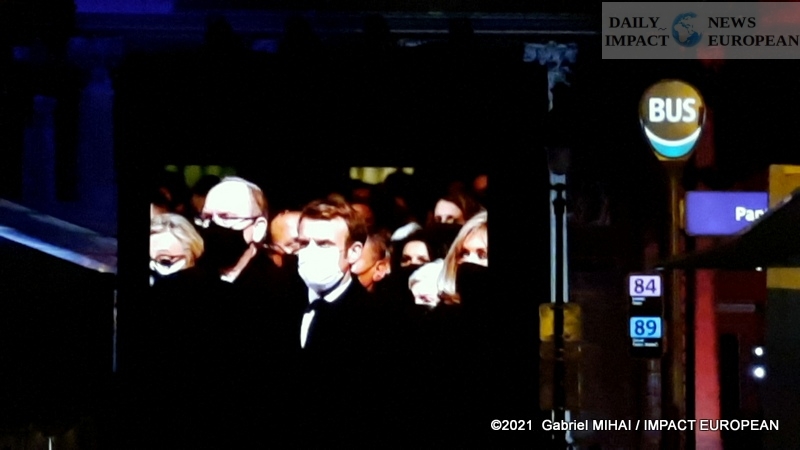
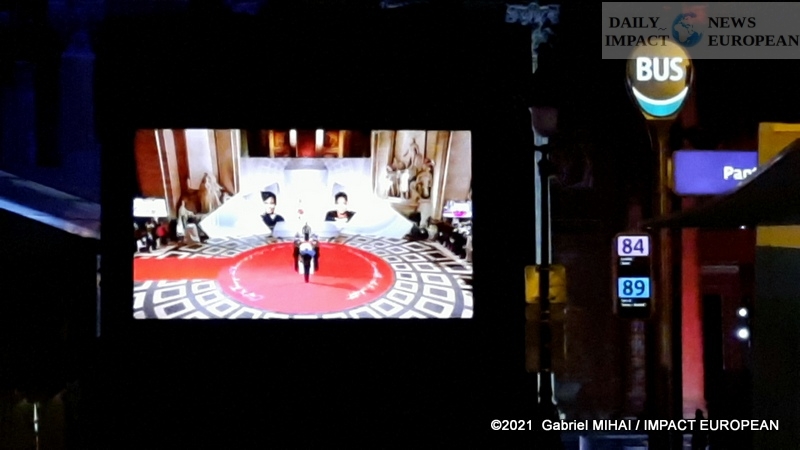
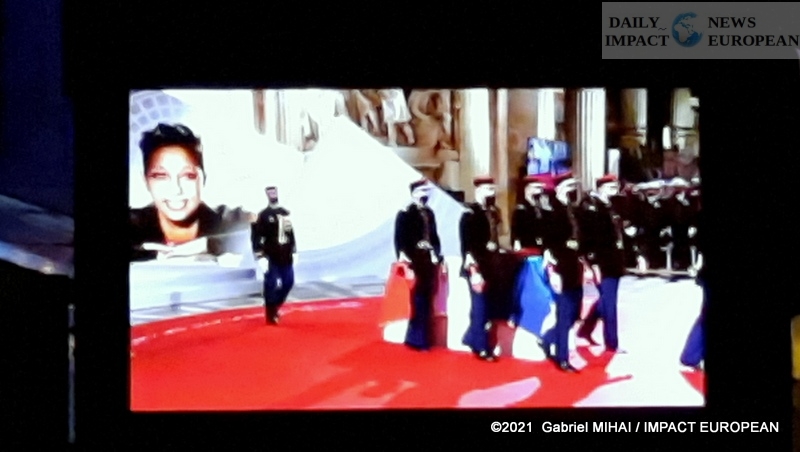


More Stories
METAL D’ALCOVE, the workshop of Eric KATZ, lighting sculptor in Montmartre
Paris Marathon 2024: Victory for Ethiopians at the Paris marathon
Gelsomina